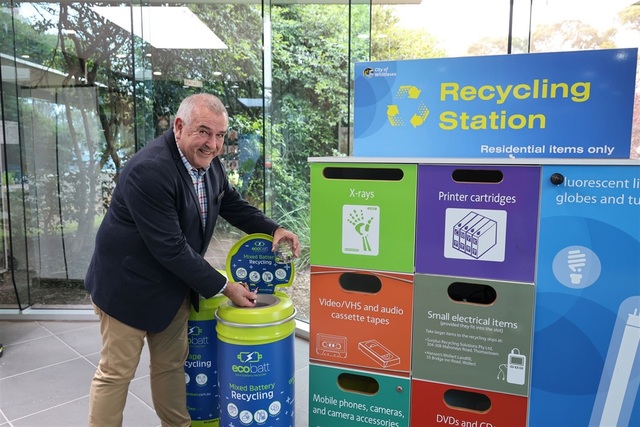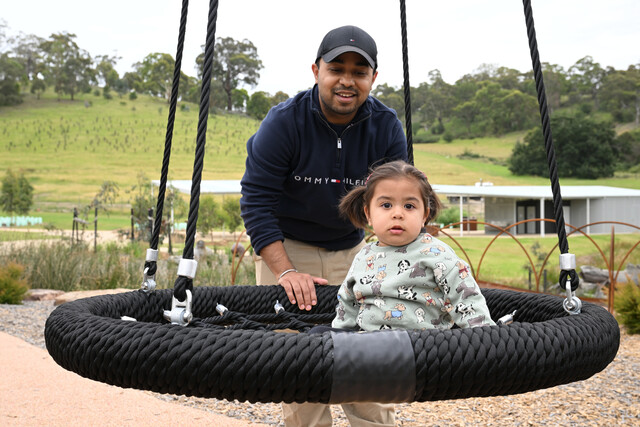Whittlesea council is warning it will be unable to afford to continue providing all of its current services and infrastructure if rate capping continues.
The warning follows a decision by Local Government Minister Natalie Hutchins to set the rate rise cap for 2017-18 at two per cent. This year’s cap was 2.5 per cent.
Ms Hutchins said the permitted rate rise for 2017-18 was in line with the Consumer Price Index and would make things fairer for ratepayers.
Whittlesea council chief executive Michael Wooten said the cap would force the council to frame a tighter budget,
“Put simply, the two per cent rate cap for 2017-18 means council faces another year where we have a much tighter budget yet demand for council services and infrastructure from our rapidly growing population will continue to increase,” Mr Wooten said.
“It’s another year where the figures won’t add up unless council can find ways of saving and/or alternative revenue sources. This means for the second year in a row, our income will not easily meet the costs required to give our residents the services, roads and community buildings they need and deserve.
“Residents can be assured that council will do everything we can to shield our residents from the impact of rate capping. But there has to come a point where rate capping will mean that we simply won’t be able to afford to continue providing the services and infrastructure that we currently do.”
Hume council chief executive Domenic Isola said his council would consider the impact of the cap on its budget throughout the year.
The cap has been slammed by the Municipal Association of Victoria, with interim president Coral Ross warning it would impact on council services across the state.
Cr Ross said councils would struggle to meet their community service and asset renewal obligations.
“Councils did well to protect communities from service cuts last year,” she said,
“This will inevitably become harder as the cost of delivering services and meeting local infrastructure renewal needs do not reflect the Consumer Price Index.
“The two per cent cap comes on top of decades of cost shifting from state governments and a 2.5 per cent cap last year.”







